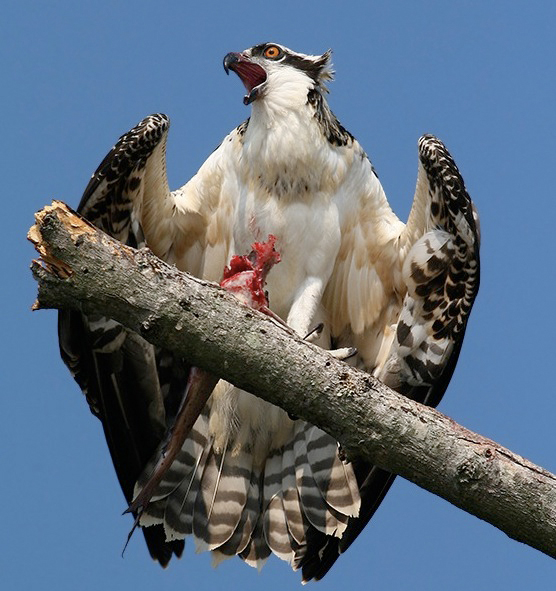

Antarctic limpets (Nacella concinna) respond to physical contact with predatory sea stars (Neosmilaster georgianus) by raising their shells and fleeing, but tactile cues from a less threatening omnivorous starfish do not elicit this response. Many animals, including some spiders, caterpillars, and tadpoles, use substrate-borne vibrations as indicators of predator presence, and can distinguish vibrations made by predators, non-predators, and abiotic cues (such as rainfall). Tactile - Vibrational cues can provide useful information about a predator's presence, and can be difficult for predators to conceal. For example, toadfish (family Batrachoididae) recognize the foraging vocalizations of dolphins, one of their main predators, and reduce their activity levels in response.ĭ. These cues are especially helpful for nocturnal prey species or animals that avoid predators that frequently use sound to hunt or communicate. Auditory - Auditory cues can provide reliable, direct information about a predator's presence, identity, proximity, and even direction of travel. Animals can also use changes in the concentration or age of a scent to determine which direction a predator was traveling, in order to better avoid it.Ĭ.

Some species are even able to determine how old a predator scent is, and will avoid only fresh scent cues as they indicate a predator's recent presence. Chemosensory (chemical) cues can be present in the air, in water, or on the ground, and can be detected by prey through olfaction and gustation, providing a reliable indication of a predator's presence even if it is visually undetectable.
PREY ANIMALS SKIN
For example, chemical cues from recently killed conspecifics may provide general information about the presence of predatory threat, whereas chemicals in urine and skin lipids may be used to determine the identity of potential predators. Chemical - Much like with visual cues, animals can detect the presence of predators through both general and species-specific chemical signals. In these situations, prey may rely on other cues of predator presence.ī. Visual cues may be less informative in habitats with low visibility or when faced with cryptic predators. A predator that is feeding or courting, for example, would pose less of a threat than a predator that is approaching and looking directly at its prey. For example, prey may be able to visually identify a predator based on its shape, size, and color, and can use the predator's behavior to determine the immediate threat that it poses. Other visual cues, including an animal's size and behavior, can provide specific information about the identity and intention of a potential predator. Visual - As mentioned above, many animals respond to generic visual cues, such as the presence of a novel object or sudden movement. Prey can rely on a variety of sensory modes to detect these predator cues, including visual, chemical, auditory, and tactile senses.Ī. These can have additive effects, with animals being more likely to respond if a greater number of cues are detected, as this provides a more reliable indication of a predator's presence and identity. Many species rely on the presence of multiple cues to accurately assess the level of threat. Animals can respond to general cues of the presence of a predatory threat, such as sudden movement or the presence of a looming object, or to species-specific cues, such as scent or appearance, which allows them to distinguish between predatory and non-predatory species. Some captive breeding programs expose animals to predatory cues in captivity to teach them to respond to these predators after release in the field, increasing their survival rates. This can be innate, for example, animals can identify predators as a threat even if they have never encountered them before, or learned only after exposure to a predatory threat.

The ability to recognize predator cues is essential for the initiation of antipredator behavior.

In order to effectively avoid and respond to predation, animals must first identify the presence of a potential predator.


 0 kommentar(er)
0 kommentar(er)
